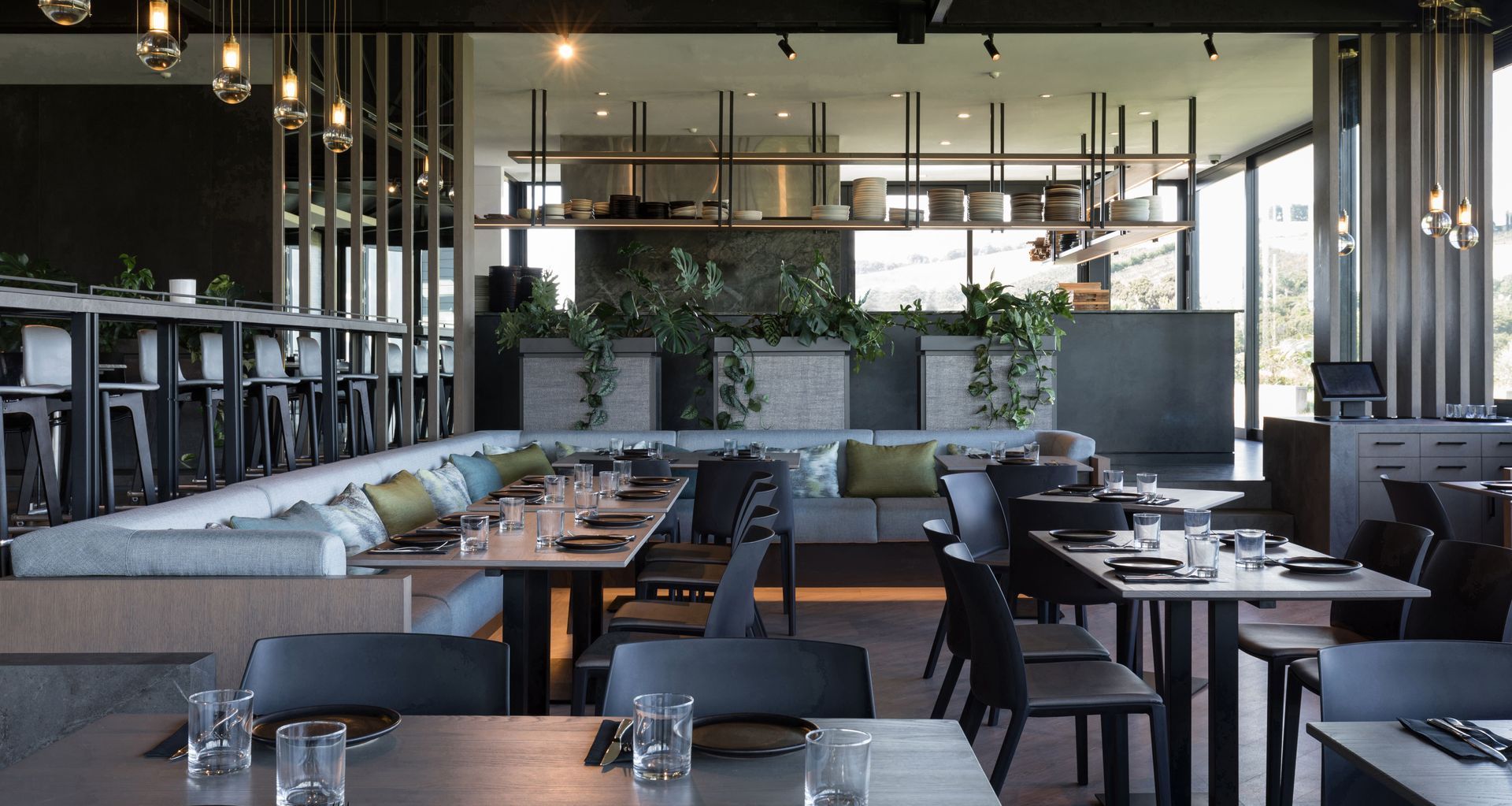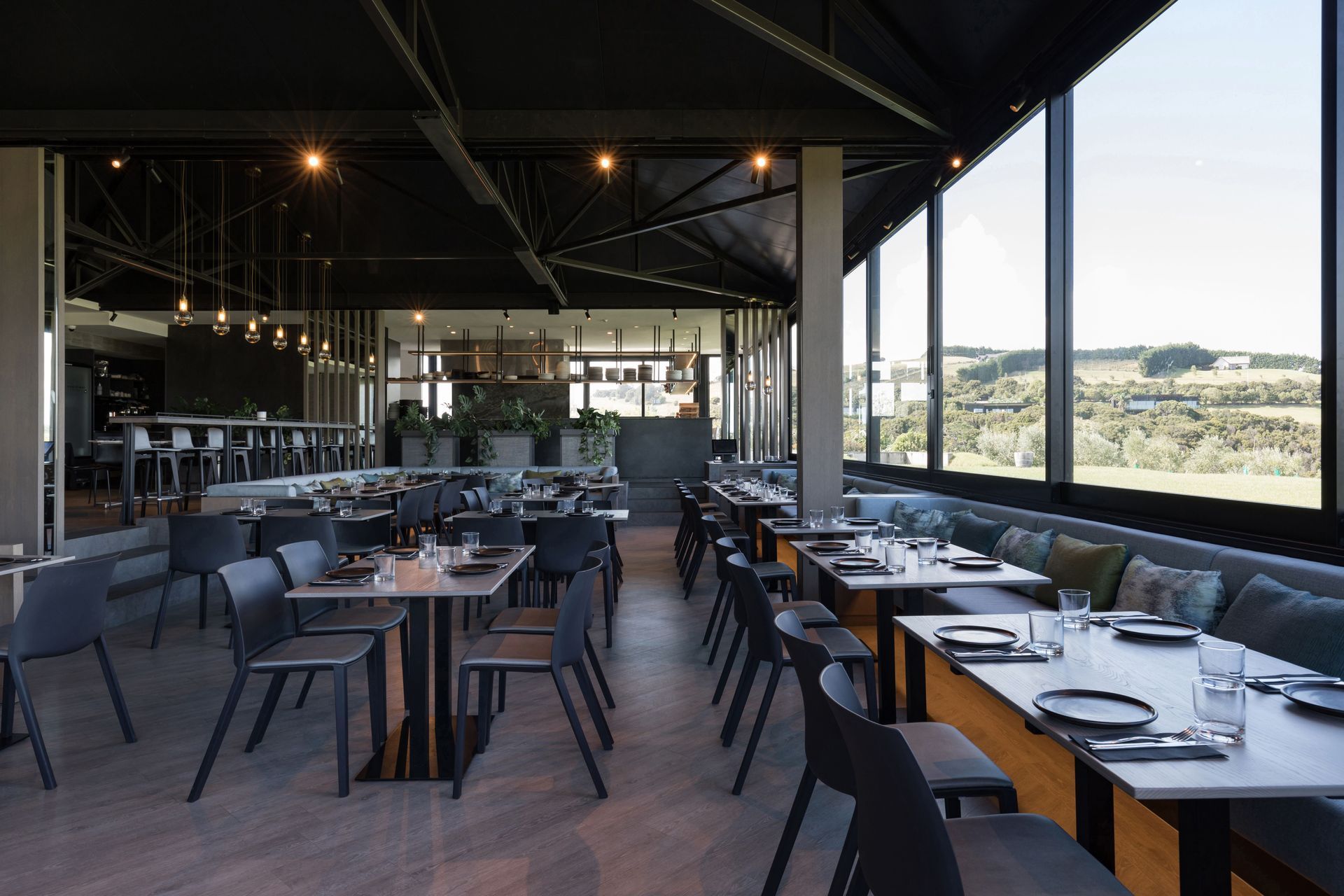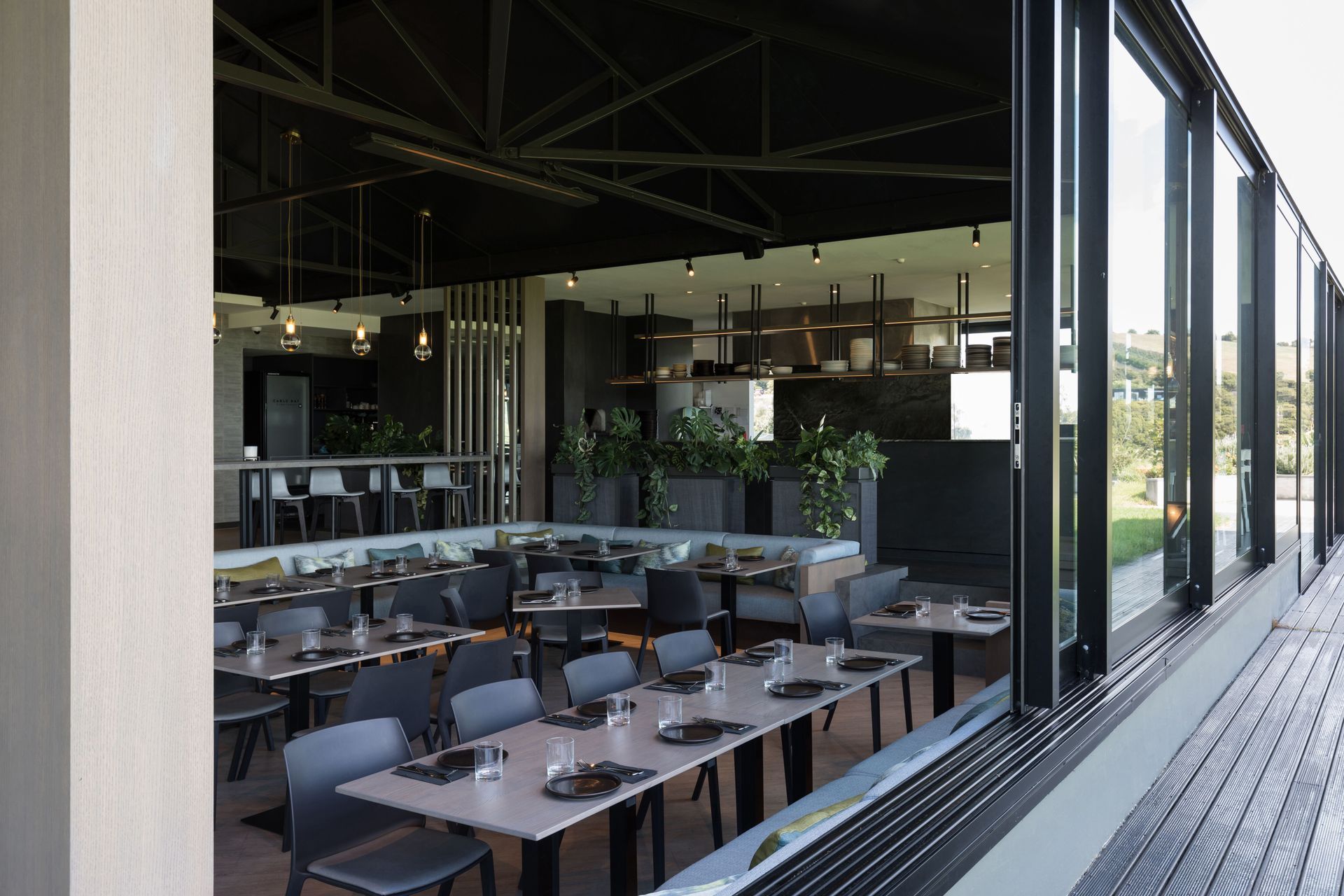The ‘magic’ of hospitality design
Written by
13 March 2022
•
7 min read

Interior design is one of the most complex branches of design. In most cases, it’s where a client or occupant’s unique style and vision is allowed to flourish: within the arena of commercial interiors, hospitality design is the realm where creativity, imagination, and personality can shine through.
It also needs to fulfil particular requirements from an operational and functional perspective. Durability considerations, traffic flow between staff and guests, smooth transitions between different environments — it all needs to work seamlessly within the context of the individual project.
Thus, there are so many factors to consider as a hospitality designer, and just as each client has their own vision, each designer has their own approach to their craft — and the ultimate goal is to have them meet in the middle to culminate in a successful and engaging environment.
This alignment is at the centre of Leigh Pryde’s business as an interior designer, and as the creative director behind the company, she is directly involved in making exceptional spaces a reality — and her particular approach to her projects is evidence of this.
“Creating uplifting interior environments which elicit emotion is a core value guiding our design practice, and something which is central to our process,” says Leigh.
“The ability to stir the soul through design brings another level of harmony and balance to a space, and ultimately, up-levels the guest experience. For me, this is a natural and intuitive process and when you get it right — magic happens.”
Deriving her expertise from first-hand experience as a senior designer for Hirsch Bedner Associates, the world’s number one hospitality interior design firm, Leigh brings passion and dedication to all her projects.
“Drawing on my years of experience creating world-class luxury hotels, resorts, and developments across Asia, I’ve developed a deep sense of understanding of the
hierarchy and interplay between colour, textures, finishes, materials and form,” says Leigh.
As a boutique scale interior design practice, Leigh’s firm specialises in hospitality and works with clients both locally and internationally, particularly within the luxury hotel and high-end residential development market.
“We love to work with those who understand the value of design and look to us to create inspired, engaging interiors that enhance their brand’s value” says Leigh.

Getting inspiration for an interior design project
Before embarking on a design, she must first look to draw out the distinctive features unique to each project to use as inspiration for creating a design narrative.
“I use these key elements as a framework around which to build my design concept,” she says. “Each project has its own unique set of circumstances, and it’s the designer’s job to unearth and tease out these defining qualities, render them down to their essence, and weave them into the soul of the design.”
For commercial work especially, a solid and well thought-out concept is of utmost importance — it’s what gives a property it’s unique flavour and tells the brand story through the design.
“This is what attracts me to hospitality design in particular,” she says. “Each project is so very different, allowing my creativity and inspiration to be sparked in different ways.”
When referencing her Broadway Mansions Hotel project, an Impressive Art Deco building considered one of the finest architectural examples in Shanghai, Leigh says for this project, it was “historical context “ which was her primary source of inspiration.
“This building is one of the grand old dames of the Halcyon days of Shanghai’s Art Deco period”
Situated at the northern end of The Bund and commanding some of the best views overlooking the Huangpu river, it captured the zeitgeist of the time and boasts a rich and colourful history.
Running the gamut from celebrities and international dignitaries, to scoundrels and war criminals the Hotel is equally famed for its intriguing list of both famous and infamous guests, as it is for its extravagant high-society parties.
“We were fortunate to be allowed to view the hotel’s archives in which much of this history was well documented”, said Leigh. “This became a direct source of inspiration for many of the areas of the hotel and in particular the English Bar, where a selection of guests of notable significance were directly referenced.”

Cable Bay
Leigh brought this ethos to her latest project: a complete interior overhaul of the popular Waiheke Island vineyard and winery, Cable Bay.
She began with a walkthrough of the existing property with the owner, from the restaurants and public area spaces, right through to the gardens, vineyards, wine production rooms and barrel vaults.
Together with the brief, this helped her gain a more thorough understanding of the project in its entirety, and gather the context needed to create a design that would complement the fixed, permanent parts of the venue’s interior.
“My main source of inspiration was Cable Bay’s commitment to the natural environment and giving back to the land,” says Leigh.
Leigh says materiality will be an important consideration for this project in particular, as she looks to nature and treading lightly on the earth to align the new design with Cable Bay’s core values.
“Coupled with chic, contemporary design, you will see a range of differing materials used specifically to convey and reflect this sentiment in various ways throughout the project.”
In the main entrance lobby, travertine has been purposefully selected for its distinctive patterning, and gives a subliminal impression of sediment formations. Cork is another important material — it’s a naturally sustainable material, and is synonymous with the wine industry.
In the verandah restaurant, the huge expanse of flooring is backed with a layer of cork which adds to the underfoot feeling of comfort, as well as the overall ambiance of the restaurant through its acoustic properties. This flooring was specifically selected for its integral cork backing.
This respect for nature was the primary springboard from which Leigh formed her overall concept. From there, she was able to focus on specific areas of the venue — and she started with Cable Bay’s verandah restaurant.
The operational needs of this space were crucial. One of the chief reasons Cable Bay commissioned a redesign of the space stemmed from the fact that the restaurant’s traffic flow wasn’t as functional as it could be. This was Leigh’s first major challenge: creating a space that improved the functional operations and brought a chic ambience to the restaurant.
“Previously, there was a cross-flow between guests and staff in the middle of the dining areas,” says Leigh. “To combat this, we reconfigured the staircases and relocated the existing service station while also adding in an additional one. This created a better flow of traffic, ensuring guests and staff did not clash.”
The restaurant had previously been built as an extension to the original building, and therefore had a very distinct transition between the two spaces.
“By rectifying these issues, we were able to integrate the whole space, and provide additional seating by decreasing the amount of wasted space.”
Since Cable Bay is remaining fully operational during the redesign, the dining area is so far the only space that has undergone its transformation — but more is still to come.
Leigh says she’s excited to continue on with the project, bringing the winery’s peripheral areas into the existing renovation and ultimately forming one cohesive space.
“The best is yet to come.”
Learn more about Leigh Pryde’s design practice.